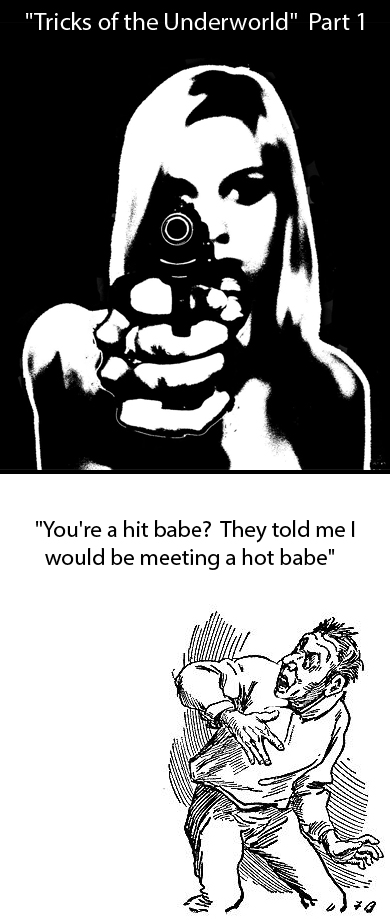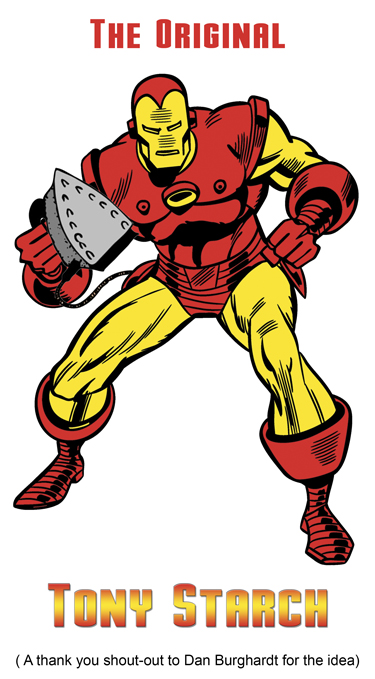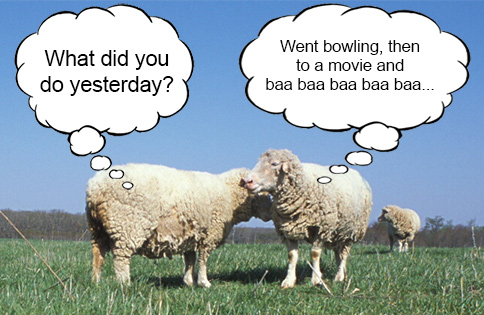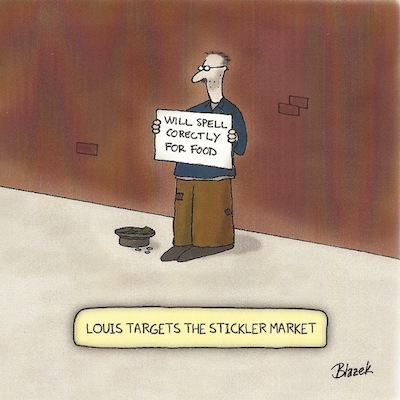|
Brand Recognition: Agility is the New Killer Ad Marketing is a game of attention and numbers. You want to get the most eyeballs on your brand as possible, to attract as many potential customers as you can. Your message has to be clear and concise and the perspective on your brand a perfectly crafted ideal that highlights your brand reasoning. Once you've settled into this formula, it's coast season. Run your advertisements and watch the numbers roll in, right? Pokemon Go is a worldwide phenomenon shattering download and purchase records. It has groups of people everywhere flocking to pokemon nights at their favorite local bar, gathering in parks and recreational areas, and interacting with new people more than any other game has previously. A lot of talk has been circulating about possible advertising opportunities and outside of the official realm, we're seeing a lot of entrepreneurial success by having pokemon events and specials. So it's time to cash in on this craze right? Pokemon is here to stay and could revolutionize marketing, right?
Well, yes and no. If you're thinking about running a pokemon-related campaign, you'd better hurry up. If you're thinking about running something next month, your money and time is wasted. Next month will bring along another craze, and yet another innovation for people to flock to. Tethering yourself to one craze or another makes your brand look outdated, slow, and old-fashioned. What is more important than one idea or trend, is your brand's agility to react to it. Agile and aware brands give the impression that the brand is here for you. It is your friend, not only when you need its services or products, but always. When done correctly, your brand can give the appearance of being attentive, caring, and empathetic. This can be done even without directly interacting with the customer. Your website, social media, app, and virtually every aspect of your advertising needs to have a "fresh" feel to it. A website that hasn't been updated in 30 days is dead to the world. It might as well appear to be an abandoned house on the block with it's windows busted out and the siding slumping off the wooden frame. A social media account that hasn't made a post in seven days is the equivalent of death. Your brand has died in the eyes of the consumers, and while you're humming away hoping that your one post a month progress is doing something for your business, consumers have already moved on to a brand that is more attentive and agile than yours.
“On the average, five times as many people read the headline as read the body copy. When you have written your headline, you have spent eighty cents out of your dollar.” – David Ogilvy People move fast, and information is moving faster all the time. A single phonebook advertisement was all that was needed to gain traction with consumers years ago. Today if you aren't at the top of the search results, you might as well not even exist. A quarterly magazine was the best way to stay in touch with consumers years ago. Today that same quarterly isn't read because all the information it contains was considered stale two weeks before it was printed.
Investing in a marketing strategy can still be a good idea. Solidifying your brand, logo, color, styles, and perception are all still very important. Still, without the "always connected" feeling that constant contact with your brand gives, you'll give the impression that you've abandoned your brand. Consumers have their minds filled with varying different topics and information and are bombarded by even more on a near constant waking basis. "What can your brand do for me?" is slowly being replaced by, "What has your brand done for me lately?".
|
|











